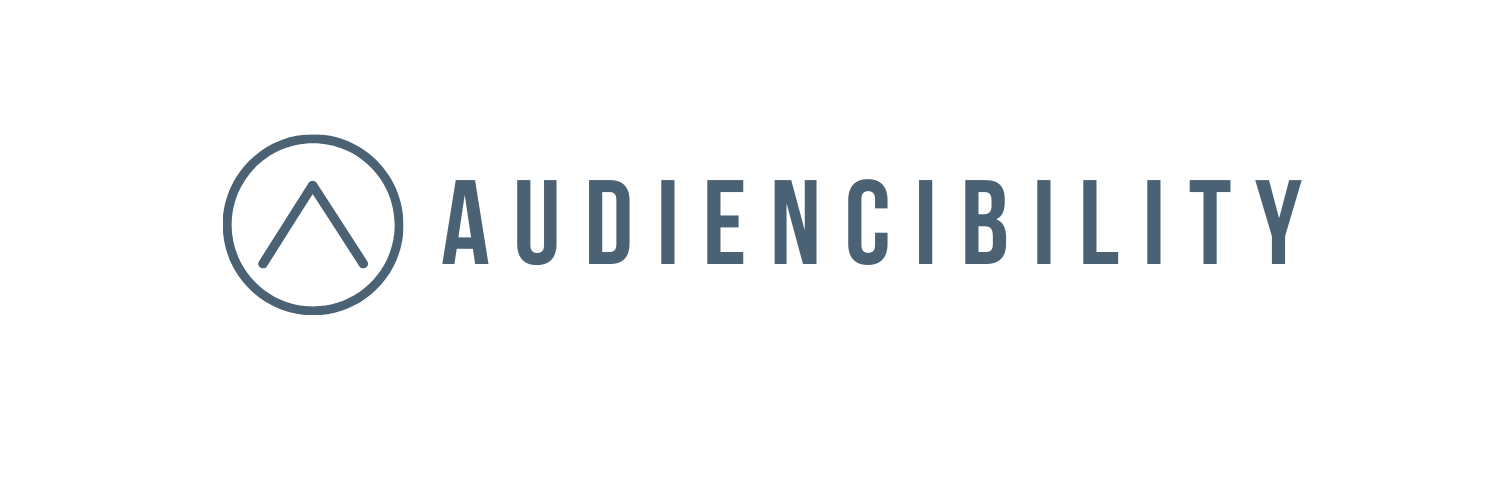Dear newsrooms of 2023: It’s time to use agendas! Here’s why
Now three years into the COVID-19 pandemic, I think pre-2020 newsrooms will likely not — and, dare I say, should not — return.
That means newsrooms need to adjust and adapt if they are to thrive — and just being remote hybrid is not enough. Based on the stories I’ve heard, here are three habits organizations need to adopt to maintain morale: send meeting agendas, have communication standards and plan gatherings.
If your newsroom experience is like mine, I know your eyes just glazed over.
First, let me take a moment to grieve for the newsrooms of yore. I understand missing talking to each other over cubicle walls, gatherings in the kitchen, and getting to know your colleague by the tchotchkes and photos on their desk.
Once I let that emotion pass, though, I see that 21st century newsrooms are going through yet another period of evolution. Employees have more flexibility with life and work responsibilities; newsrooms have more flexibility in whom they can hire; we no longer have to experience daily in-person microaggressions.
But.
A new way of working means we need new systems. We can’t expect the way we used to do things to fit in this new world.
In a remote hybrid workplace, we don’t have as many serendipitous opportunities to get to know one another, to draw from all the experiences and perspectives in the room. So we have to build a structure for connection.
And that’s where these three methods come in. Here’s why and how to use them well.
Meeting agendas
Why: To have effective meetings. We need to stop meandering meetings that leave participants confused and frustrated. Built up over time, these kinds of meetings lead to burnout.
How: Send an agenda at least 24 hours before the meeting — whether for a group or for a 1:1. The agenda does not have to be long or detailed; a simple outline of topics can do. Putting together an agenda can also reveal whether the meeting is necessary. If it’s just going around the room hearing people list things, then it’s not an effective meeting. You have convened a gathering of many brains and experiences — how do you harness that power?
Make sure someone follows the agenda to keep the meeting on track. And do not send the agenda 5 minutes before the meeting! That doesn’t count! The goal is to set expectations and give people time to prepare questions or how they can contribute.
In a time when we’re all exhausted by video meetings, we need to be really intentional about why you’re holding one. Good meetings do lead to good feelings!
Communication etiquette
Why: To avoid misunderstandings. You know how it is. In the absence of information, we tend to fill the void with our own stories.
How:
Take notes at every meeting in a shared document. This can be in team or 1:1 meetings. These notes serve as a resource for recalling what was discussed to lessen the chance of misinterpretation or misremembering.
Schedule regular informational meetings so people have a chance to learn about the bigger picture at your organization.
Set communication expectations. For example, if you use Slack, show that you saw a message by adding a reaction. If you can’t respond to something right away, acknowledge that in a reply and say that you will circle back — and then follow through.
Be clear about your hours of availability during the work day. I’ve seen organizations use quick daily standup notes as a way to know what everyone is working on that day, and also when they’re not available.
Use the scheduling tool. I wish I had used this more when I was leading a team. If you have to draft emails after regular work hours, schedule to send them the next morning so they’re not hitting inboxes at odd times. You can also schedule messages in Slack.
In-person work days
Why: To add value to being in the office. Imagine coming into the office because of a mandate and finding that you’re just one of a handful of people there and you still have to be on video calls. Actually, I’m sure you don’t have to imagine it.
How: For newsrooms requiring employees to come into the office, the goal can’t only be to make use of the office space.
If the goal is to take advantage of the energy of being around people, create opportunities for this.
Try scheduling a training session or social luncheon or a team meeting for that day. Some newsrooms are asking everyone to be in on the same days of the week for team meetings.
If your newsroom is giving people flexibility on choosing their in-office days, offer something to attend one day a week so there is more incentive to come in that day.
Again, we have to be intentional about why we’re asking people to be in the office. “This is how it used to be” is not a good enough reason.
Get regular feedback about what’s working and what’s not. Be prepared to adjust.
This is just the tip of the iceberg when it comes to creating a new work system, but they feel the most pressing to me as I think about designing inclusive work practices.
So many journalists — especially ones who have never worked in a pre-2020 newsroom — are feeling unseen and confused by their organization’s culture. We must find ways to empower people to succeed and feel included — for journalism’s survival.

